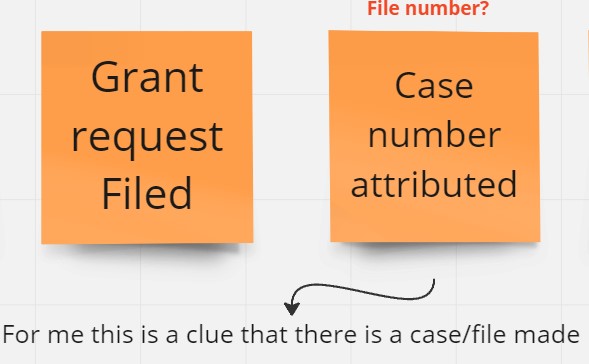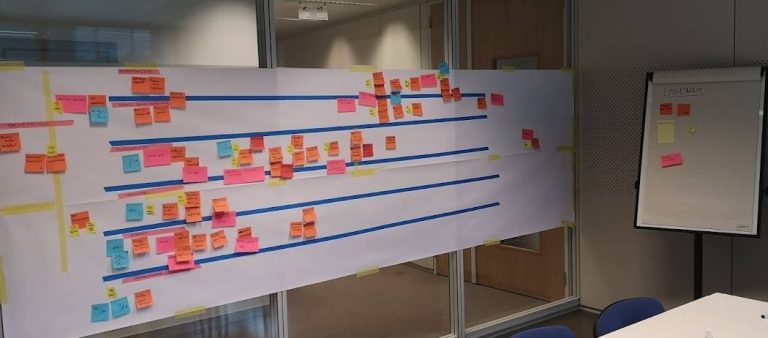The Power of EventStorming: A Real-World Example of Collaborative Domain Modeling
EventStorming is a powerful technique that goes beyond simply placing event stickies on a wall. It fosters collaboration between domain experts and developers, facilitating the creation of a ubiquitous language and refining the model iteratively. In this blog post, we will explore a real-world example from a recent client engagement, highlighting the importance of open communication, collaboration, and the role of the EventStorming facilitator.
A Shared Language: The Key to Effective Collaboration
During the EventStorming session with our client, we realized that developing a shared understanding of the domain language was crucial. In this case, the domain expert was using similar terms across different bounded contexts, which could lead to confusion and misunderstandings. As we delved deeper into the discussion, we identified pivotal events and instances where other actors came into play, uncovering nuances in the language used.
The role of the EventStorming facilitator was to guide these discussions and ensure that the team was aligned in their understanding. By focusing on the language and refining the terminology used, we were able to create a ubiquitous language that accurately represented the domain and its complexities.
Iterative Design: The Path to a Refined Model
As Eric Evans suggests, the first model created during a model designing session is unlikely to be accurate. In our client engagement, we found that it took at least three iterations to arrive at a model that accurately represented the domain. Each iteration brought new insights and opportunities to refine the model further, leading to a more comprehensive understanding of the domain and its intricacies.
The collaborative nature of EventStorming played a significant role in this iterative design process. By actively engaging domain experts and developers in discussions, we encouraged the exchange of ideas, leading to a more robust and accurate model. This iterative approach allowed the team to adapt and evolve the model as their understanding of the domain deepened.
In Conclusion: The Power of Collaboration in EventStorming
Our real-world example demonstrates that EventStorming is more than just a modeling technique; it is a collaborative process that brings domain experts and developers together to create a shared understanding of the domain. By focusing on the development of a ubiquitous language and engaging in iterative design, teams can create accurate, refined models that drive effective software development. The role of the EventStorming facilitator is critical in guiding these discussions and ensuring that the team remains focused and aligned throughout the process. Embrace the power of collaboration in EventStorming and unlock the full potential of your software development projects.





